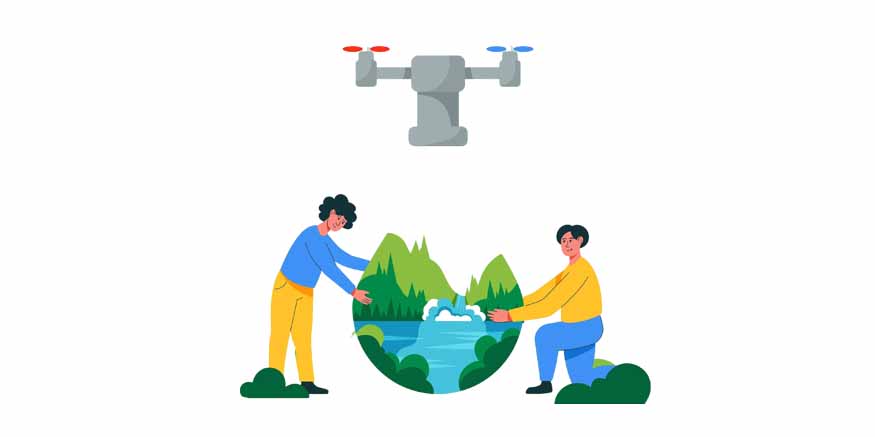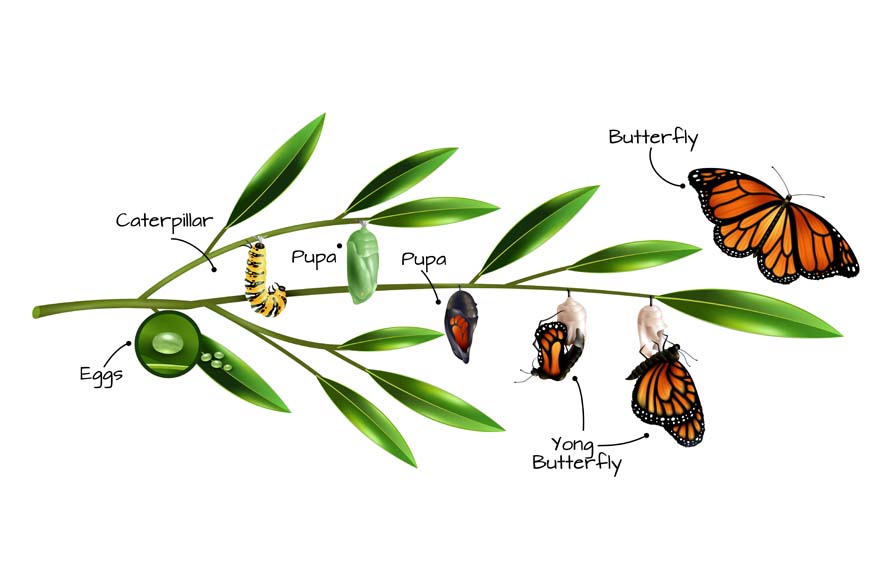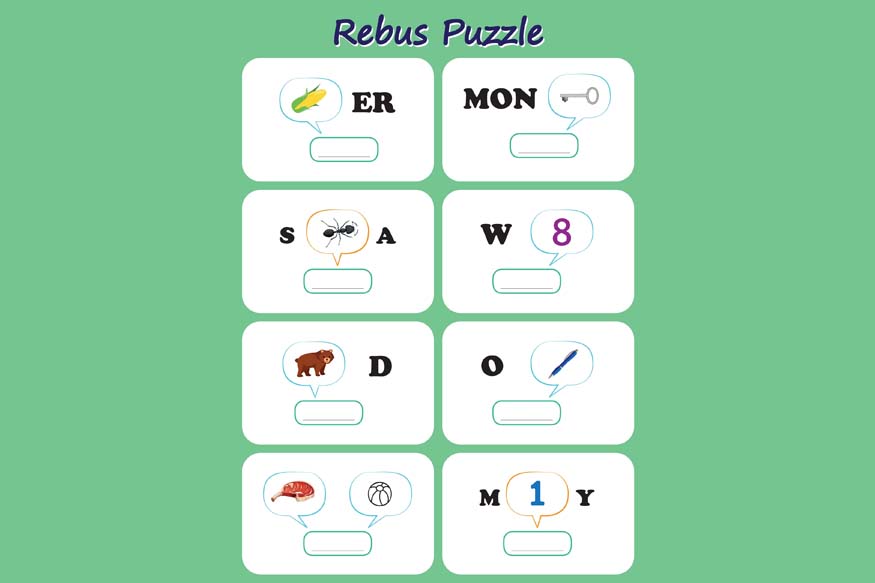Water is an essential resource that sustains life on Earth. Conserving water has become more critical than ever as the global population continues to grow along with the impacts of climate change. Whether you live in a region prone to drought or where water seems abundant, every drop counts. Here are some effective methods to conserve water at home, in your community, and beyond.
Understanding the Importance of Water Conservation
Water conservation is not just about saving money on utility bills but also protecting a vital resource supporting ecosystems, agriculture, and human health. Conserving water helps prevent water shortages, reduces energy consumption as treating and transporting water requires energy, and minimises the strain on wastewater treatment facilities.
Water Conservation at Home
- Fix Leaks: Leaky faucets, toilets, and pipes can waste a lot of water. A dripping faucet can waste over 11,000 litres of water per year. Check for leaks regularly and repair them promptly.
- Install Water-Efficient Fixtures: Modern fixtures like low-flow showerheads, faucets, and toilets use less water without sacrificing performance. These fixtures can reduce water usage by up to 50%.
- Use Appliances Wisely: Run dishwashers and washing machines only when full. When purchasing new appliances, look for those with the Energy Star label, which indicates they are water and energy-efficient.
- Take Shorter Showers: Reducing shower time by just a few minutes can save several litres of water. Aim for showers that last five minutes or less.
- Turn Off Taps: Don’t leave the tap running while brushing your teeth, shaving, or washing dishes. Turning off the tap can save several litres of water per minute.
- Use a Broom, Not a Hose: When cleaning driveways, sidewalks, and steps, use a broom instead of a hose. This simple change can save hundreds of litres of water.
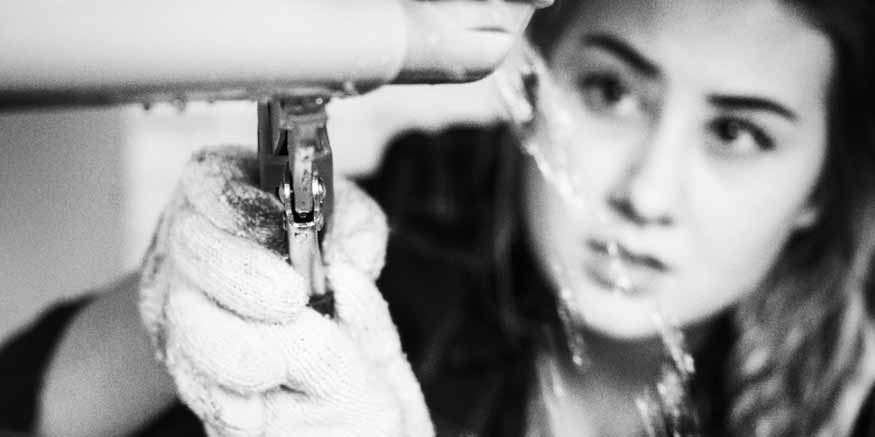
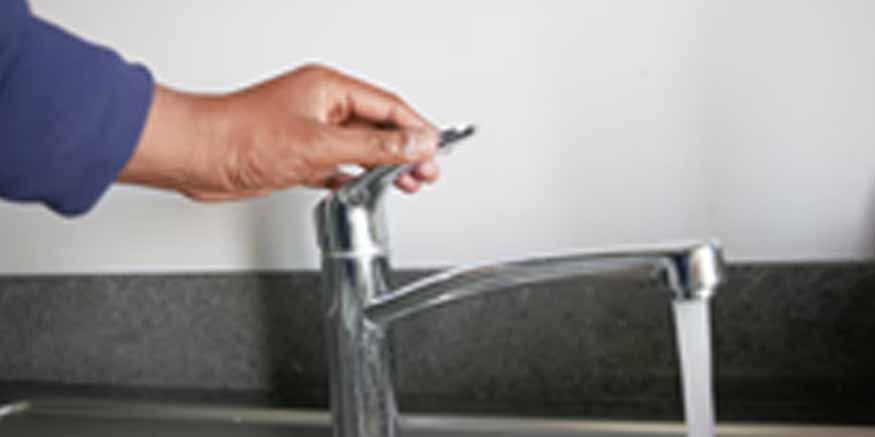
Garden and Outdoor Water Conservation
- Water Plants Wisely: Water your garden in the early morning or late evening to reduce evaporation. Use a drip irrigation system or soaker hoses to deliver water directly to the roots, minimising waste.
- Choose Native Plants: Native plants are adapted to local climate conditions and typically require less water and maintenance. Incorporating native plants into your landscaping can significantly reduce your water usage.
- Use Mulch: Mulching around plants helps retain soil moisture, reduce evaporation, and suppress weeds. Organic mulches like bark, wood chips, and compost also improve soil health.
- Collect Rainwater: Install rain barrels to collect rainwater from your roof. This free water can be used to water plants, wash cars, or fill ponds, reducing your reliance on treated water.
- Adjust Sprinklers: Ensure sprinkler systems are adjusted correctly to water plants, not sidewalks or driveways. Consider installing a weather-based irrigation controller that adjusts watering schedules based on local weather conditions.
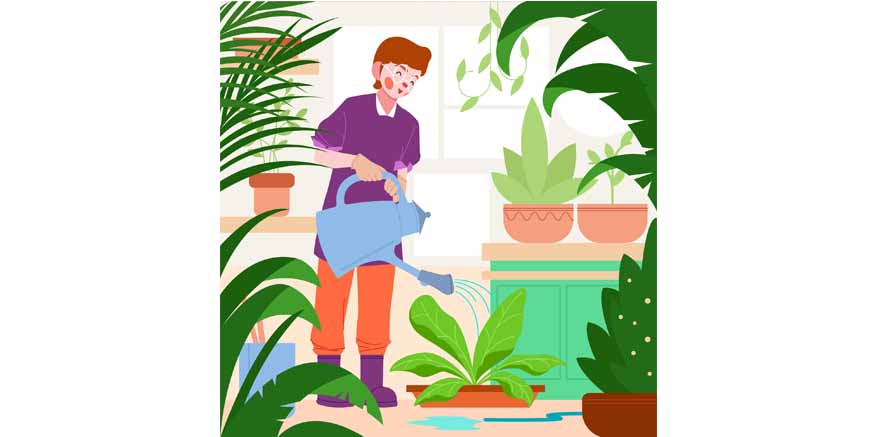
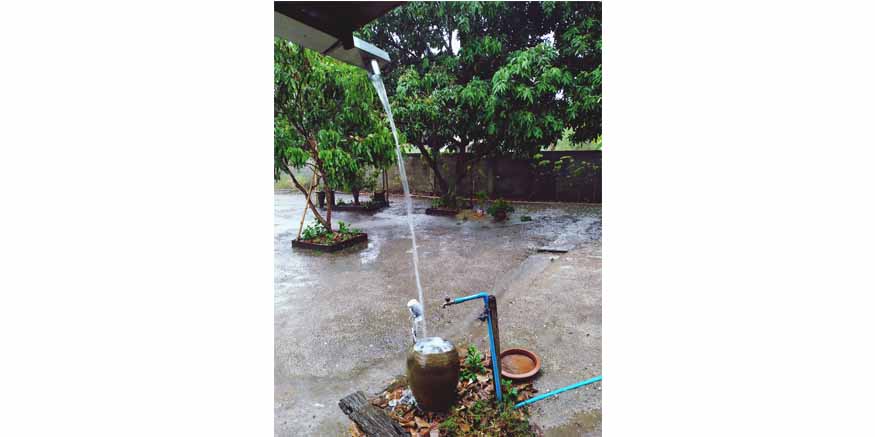
Community and School Water Conservation
- Raise Awareness: Educate your community and school about the importance of water conservation. Organise workshops, create informational brochures and use social media to spread the word.
- Implement Conservation Programs: Encourage schools and community centres to implement water conservation programs. These might include installing water-efficient fixtures, using rainwater for landscaping, and educating students about water conservation.
- Promote Water-Saving Practices: Support local initiatives that promote water-saving practices in agriculture, industry, and households. Advocate for policies that encourage water conservation and sustainable water management.
Innovative Water Conservation Technologies
- Smart Irrigation Systems: Smart irrigation systems use weather data and soil moisture sensors to optimise watering schedules, reducing water waste. These systems can be used in residential, commercial, and agricultural settings.
- Greywater Recycling: Greywater is relatively clean wastewater from baths, sinks, washing machines, and other kitchen appliances. Greywater recycling systems treat and reuse this water for irrigation and toilet flushing, reducing the demand for freshwater.
- Desalination: Desalination technologies transform seawater into drinkable water in areas with restricted freshwater supplies. Although these processes require significant energy and financial investment, recent advancements are enhancing the feasibility of desalination as a solution for regions facing water shortages.
- Water-Efficient Technologies: Innovations such as water-efficient cooling systems, industrial processes, and appliances continue to emerge, helping reduce water use across various sectors.
Simple Daily Habits to Save Water
- Turn Off the Faucet: Turn off the faucet while brushing your teeth, shaving, and washing your hands, to save water.
- Fill the Sink: When washing dishes by hand, fill the sink with water instead of letting the tap run continuously.
- Wash Full Loads: To maximise water efficiency run your dishwasher and washing machine with full loads.
- Use a Bucket: When washing your car, use a bucket instead of a hose, and rinse with a spray nozzle to control water flow.
- Reduce Water Pressure: Lowering the water pressure in your home can reduce water usage and prevent plumbing issues.
Conclusion
Water conservation is a crucial practice for ensuring the sustainability of water resources. By adopting simple habits at home, utilising water-efficient technologies, and promoting community awareness, you can make a significant impact on water conservation efforts. Every small step counts, and together, everyone can protect this precious resource for future generations.
For more such informative/interesting blogs, visit Center Point School.

